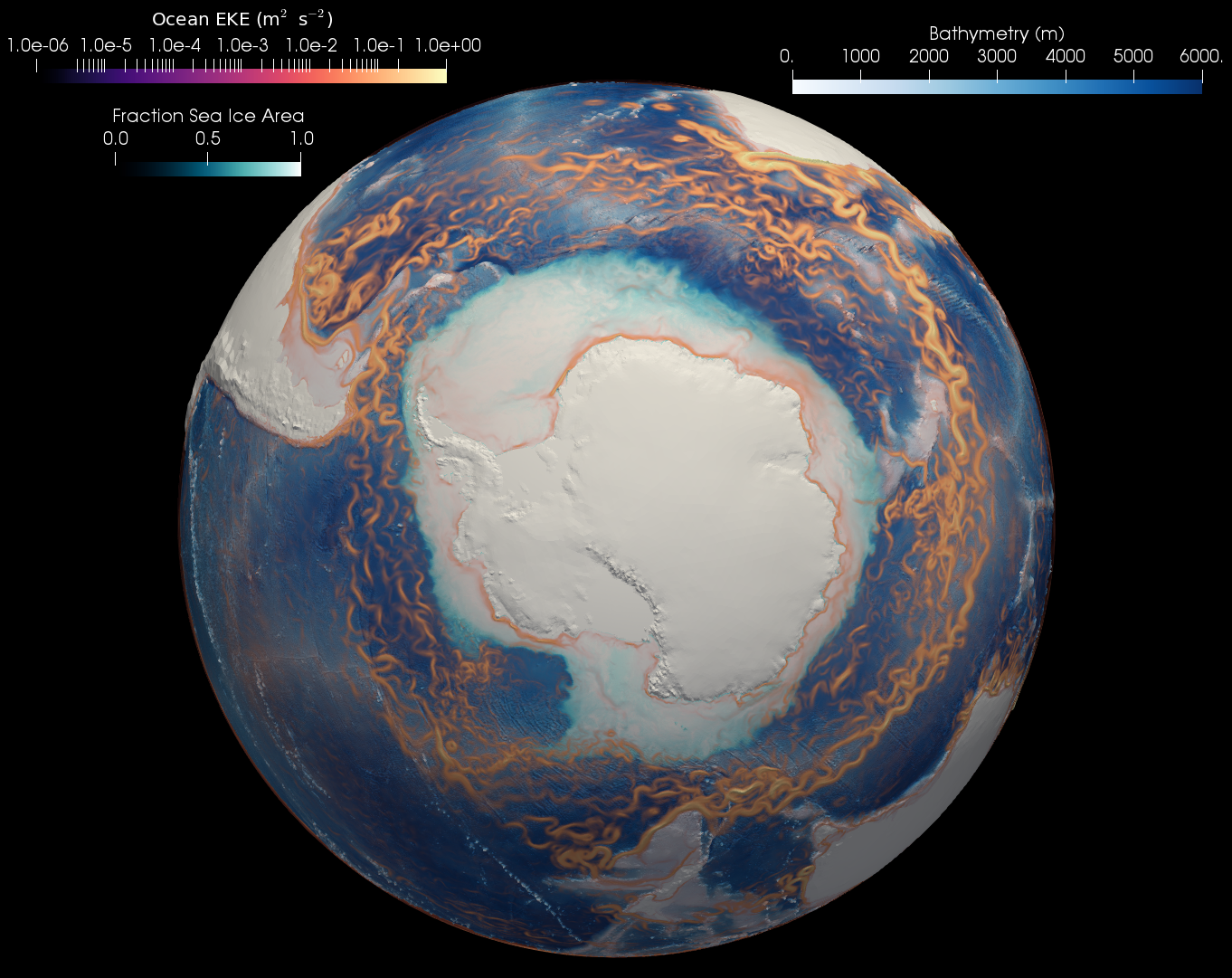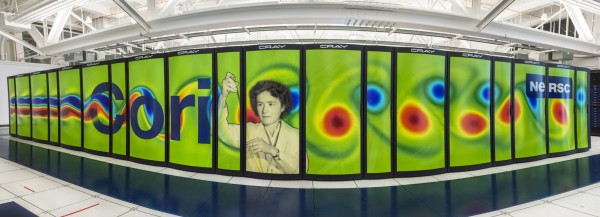Research
Each model version is used in a “simulation campaign” consisting of major simulations to address the science questions of each science driver. E3SM envisions simulation campaigns of four to five years each with successive versions of the modeling system. You can find details on current and future simulation campaigns in
The E3SM research and simulation campaigns are dictated by three Science Drivers that broadly cover the foundational science for advancing Earth system prediction. Notably, water cycle, biogeochemistry, and cryosphere systems govern variability and changes in water availability and storms, air and stream temperature, and coastal flooding and sea level rise that are all critical to the energy sector.
The research related to the three Science Drivers is presented in the following pages
To be able to answer the three science drivers, we also need to advance computational goals in Performance, Infrastructure and Workflow areas. E3SM key computational goal is to develop an Earth System Model that can make effective use of upcoming DOE exascale computing platforms at the ALCF and OLCF Leadership Computing Facilities (LCFs) as well as the smaller systems at NERSC. Our strategies are presented in




